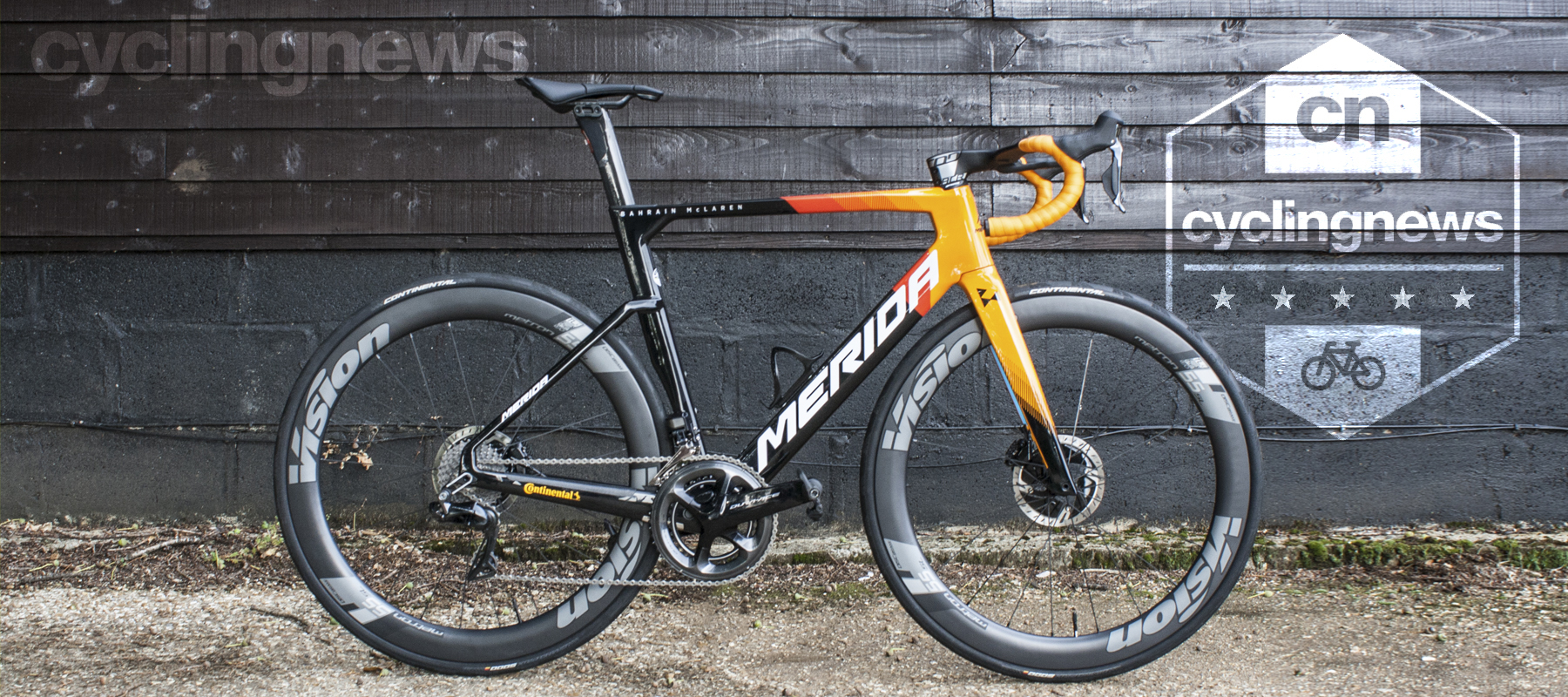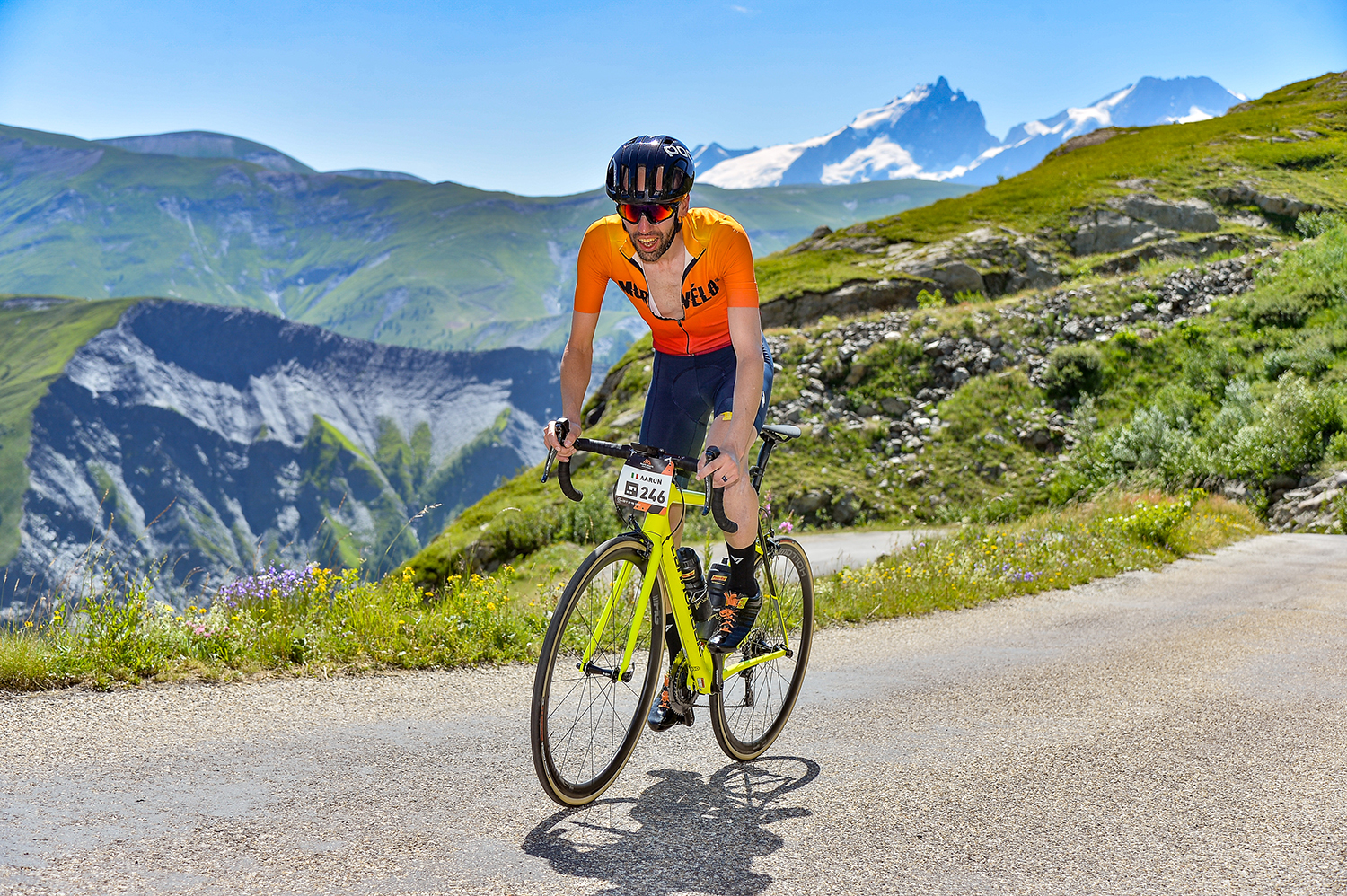Cyclingnews Verdict
A five-star aero road bike with predictable handling and segment-leading ride comfort
Pros
- +
Exceptional speed and aerodynamics
- +
Agile handling
- +
Impressive climbing capability
- +
Lightweight (for an aero road bike)
Cons
- -
Not tubeless out of the box
You can trust Cyclingnews
We first caught wind that an all-new Merida Reacto was in the works at Bahrain McLaren's kit and equipment reveal at McLaren's Technology Centre in December last year where Merida's Director of Products, Jürgen Falke, told us in an exclusive interview that the fourth-generation Reacto would comprise a sub-1,000g frame, hidden cables, better compliance and full integration.
It appears as though the company has indeed used this mantra to carve out its all-new Merida Reacto which is now lighter, faster and more comfortable than before.
To validate these claims and separate the facts from the marketing hype, we've been evaluating the range-topping Merida Reacto Team-E Disc bike over the past several months, the result of which has culminated in 1,200km worth of stress testing across the leg-sapping terrain of the UK's Surrey Hills.
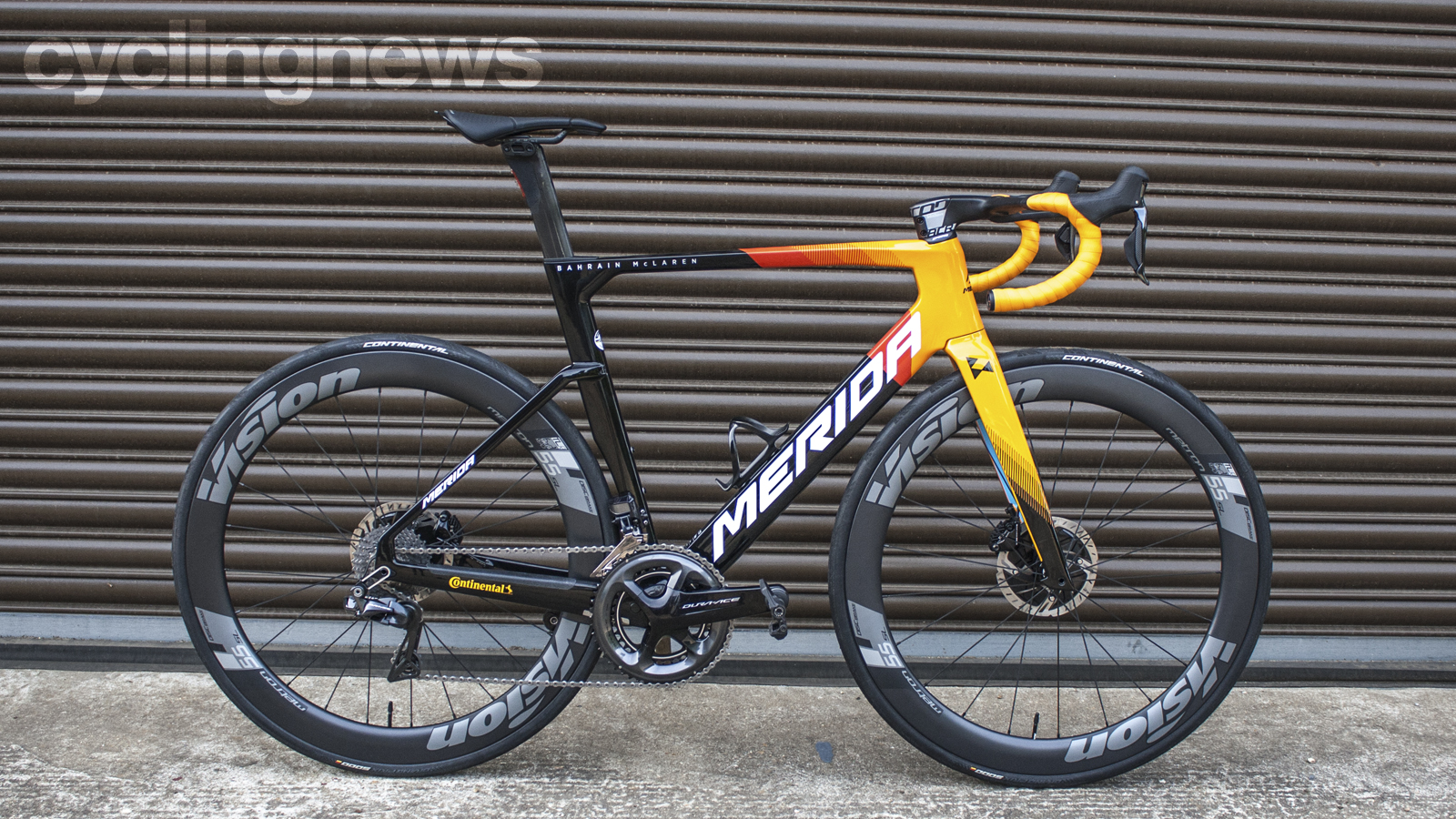


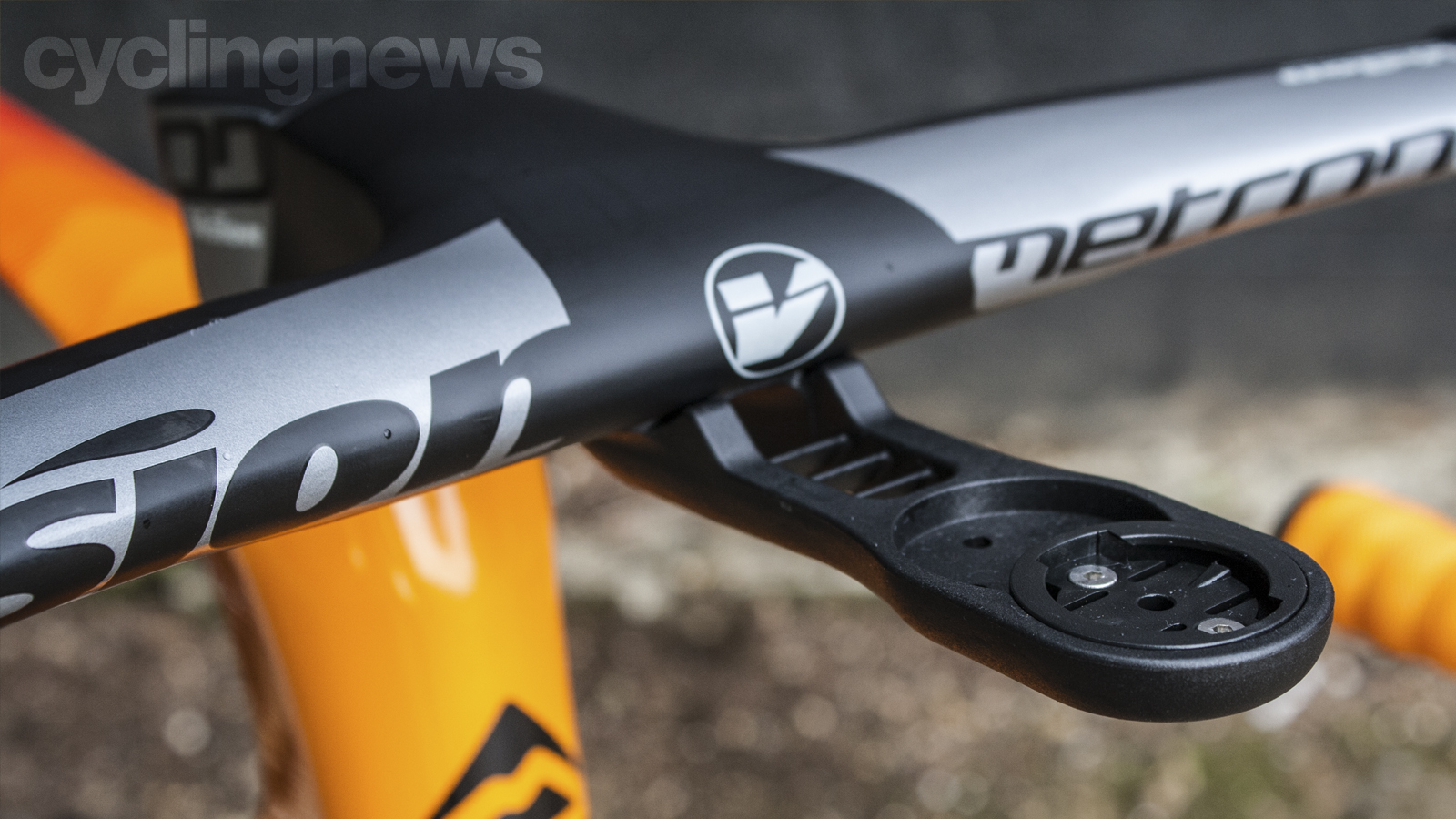
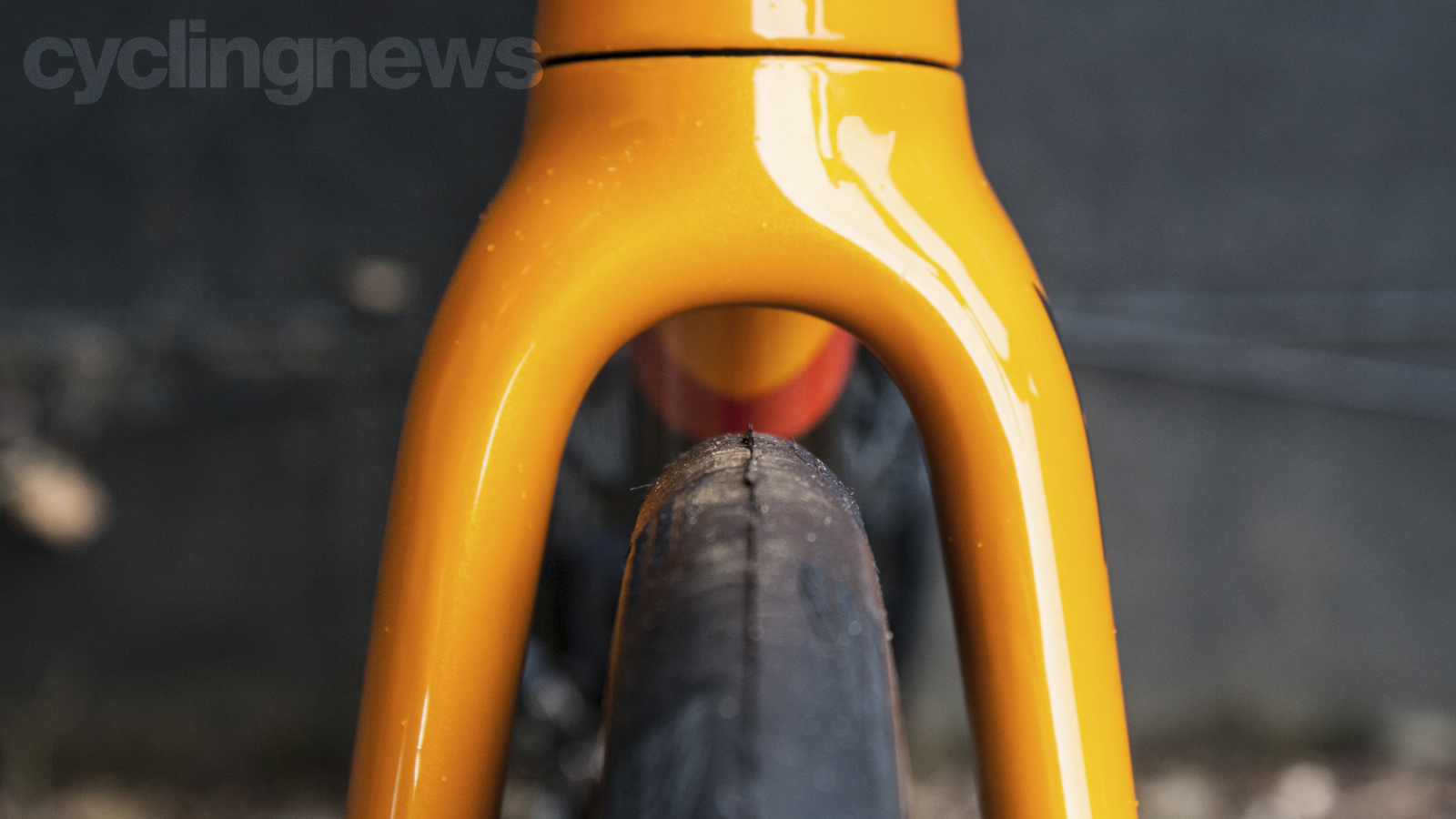
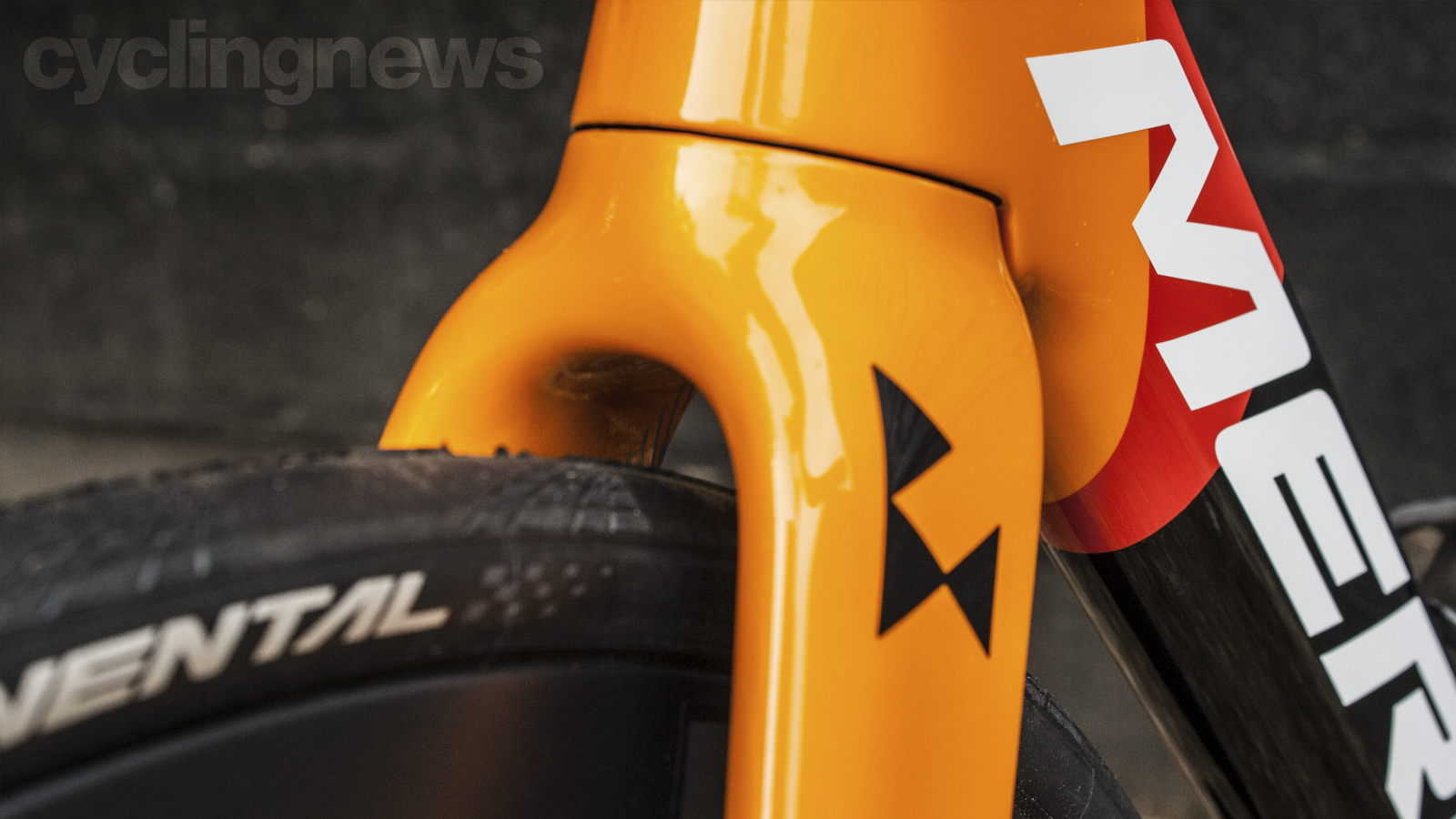
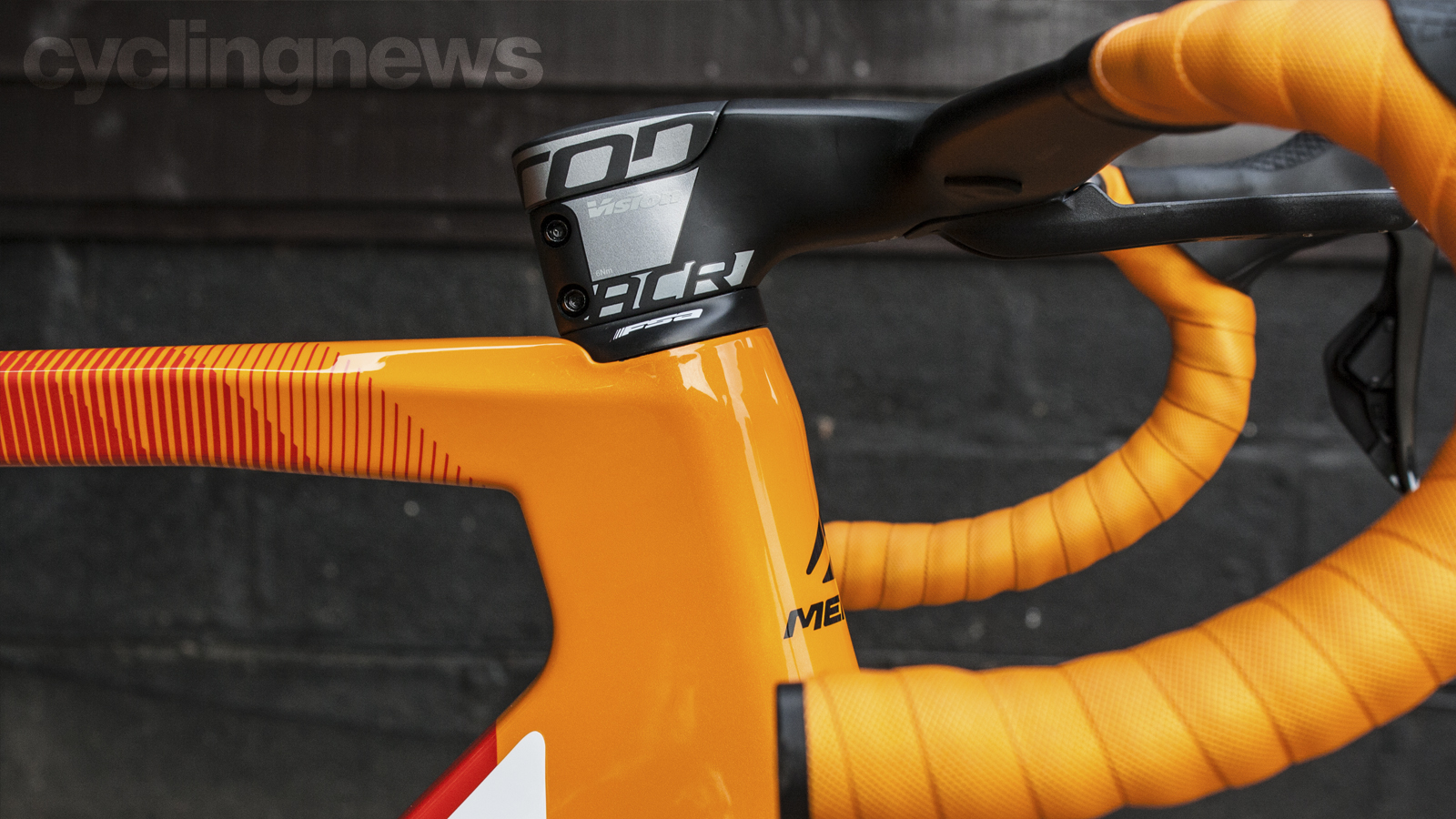
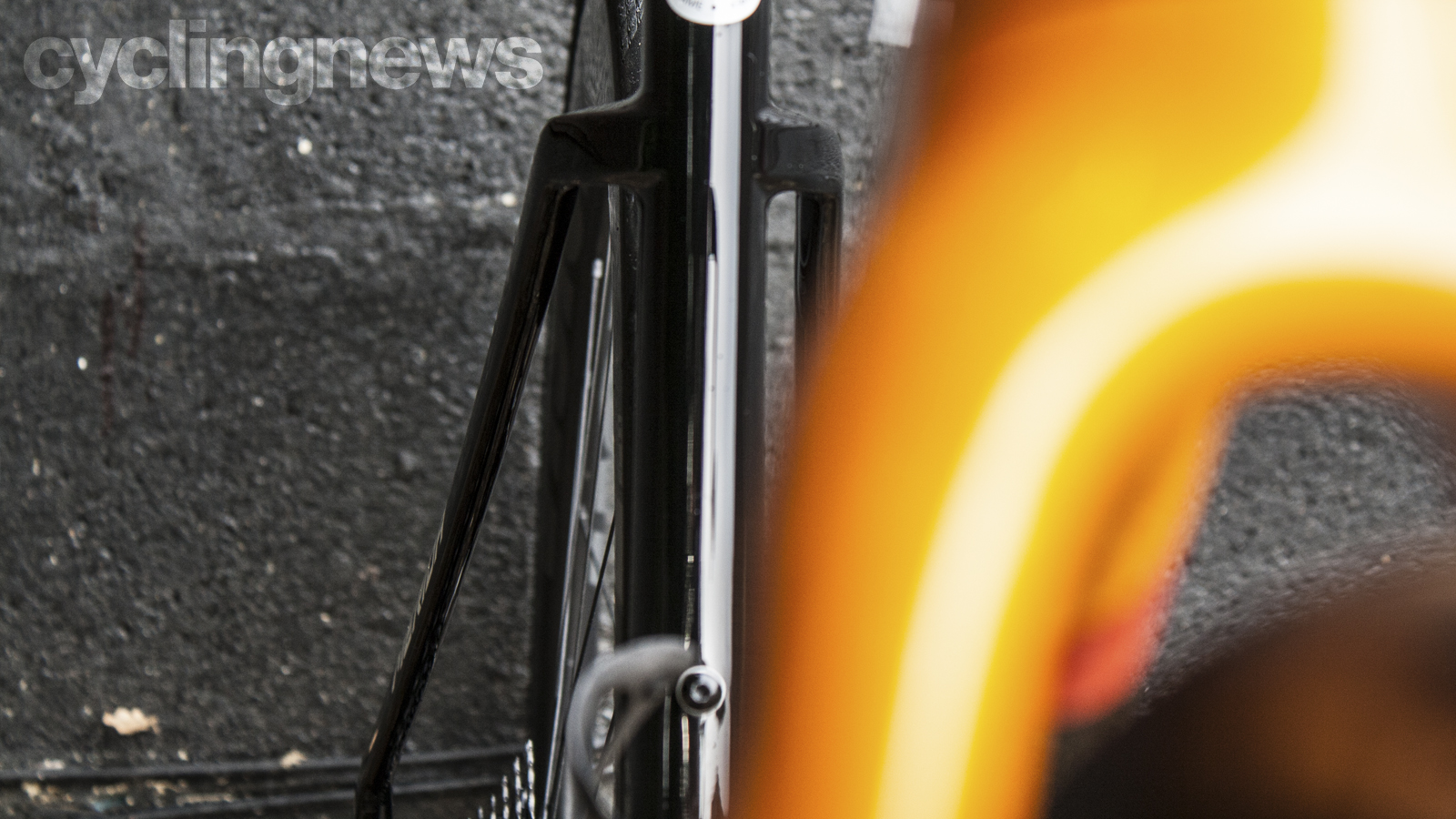
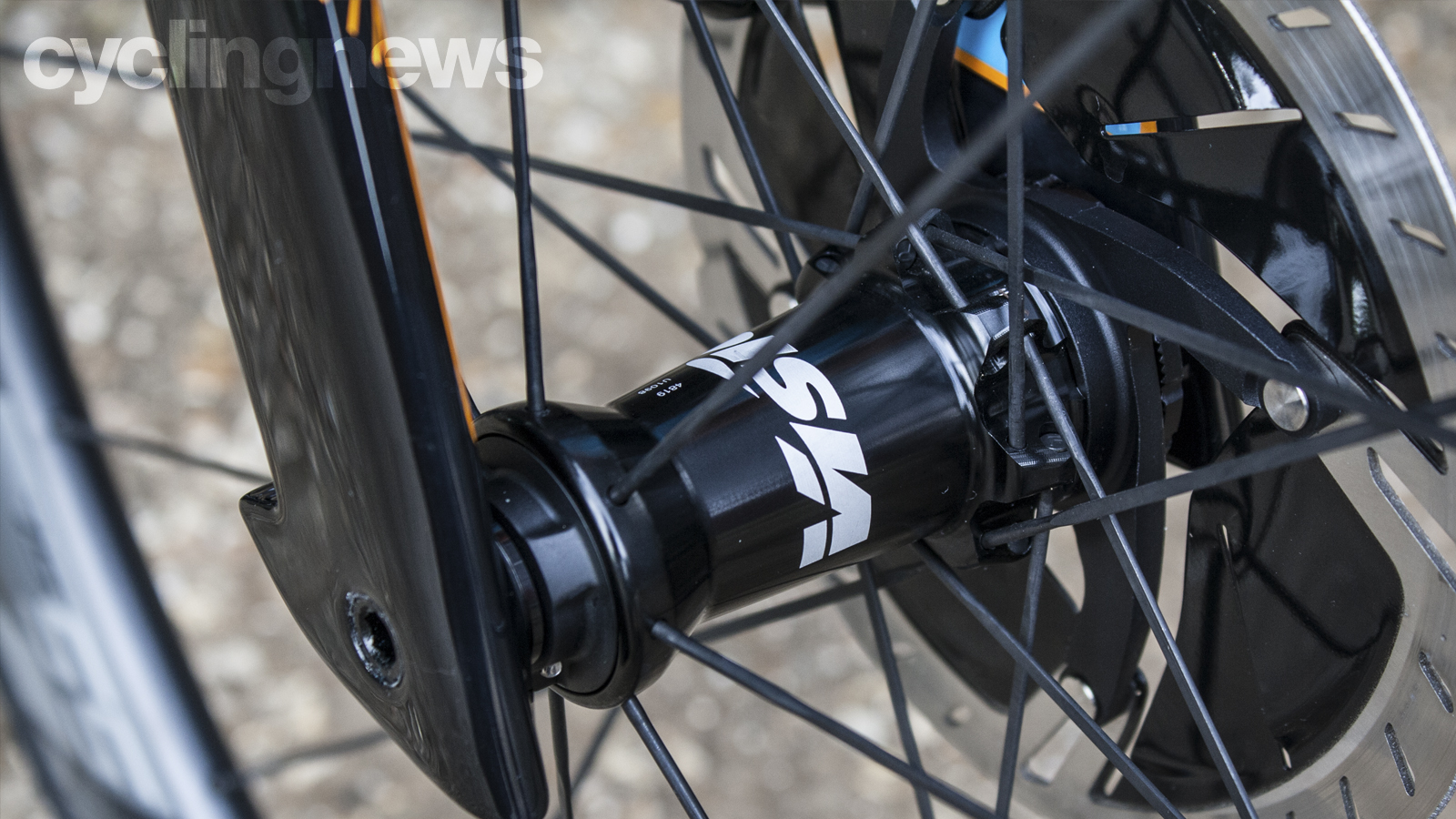
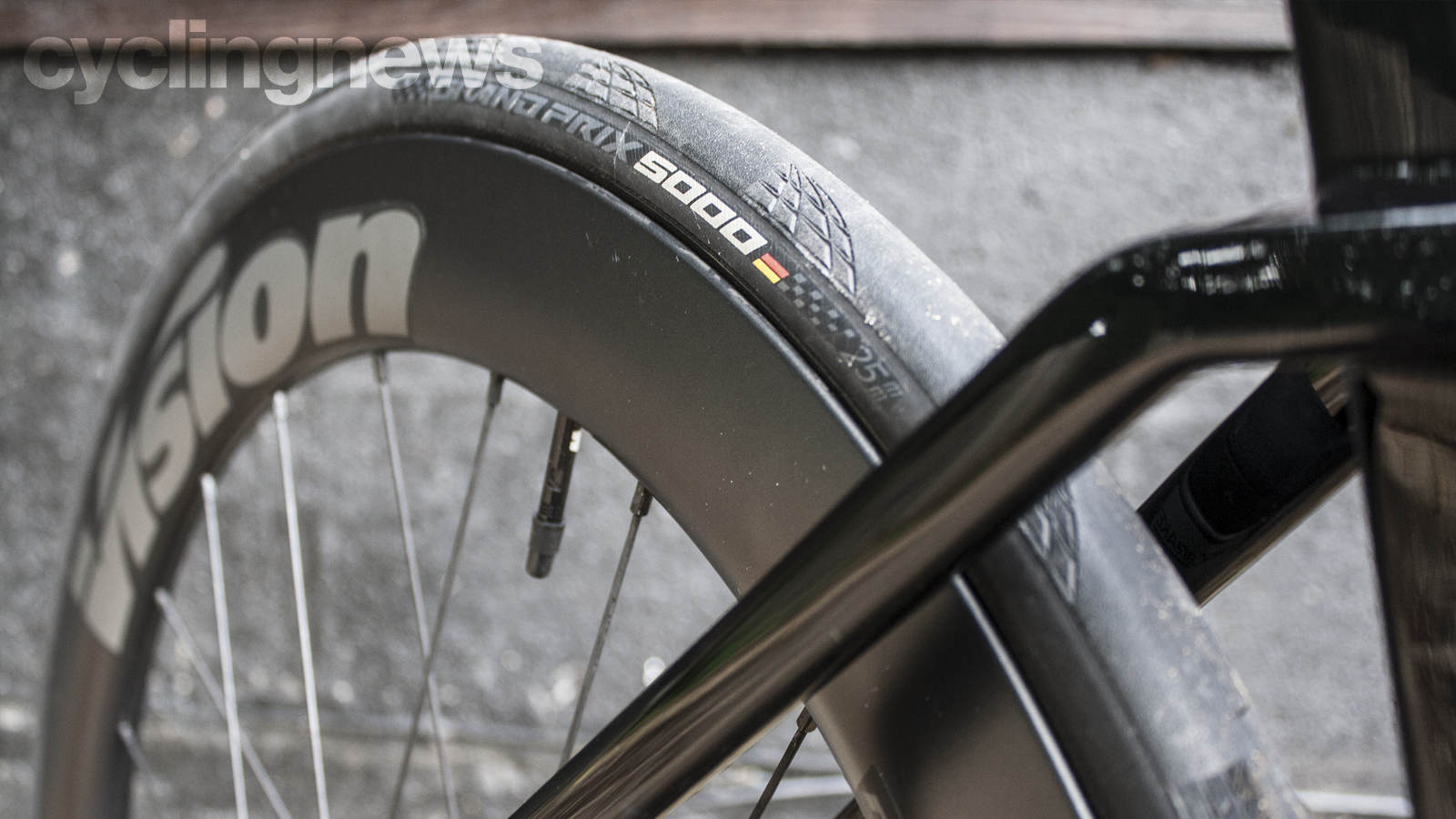

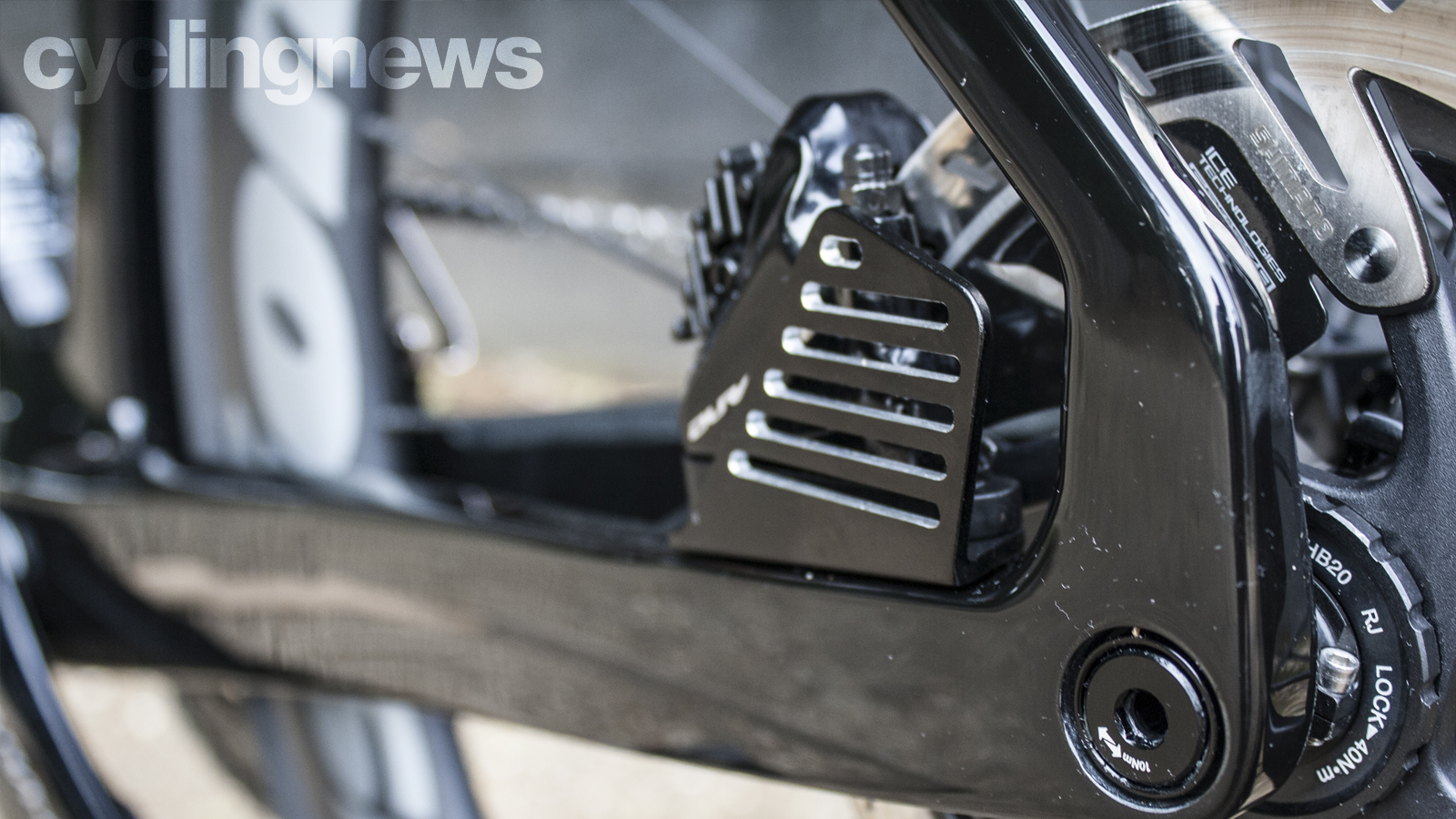




Design and aesthetics
Merida has been strategic rather than revolutionary when it comes to the design of the fourth-generation Reacto by adding more muscle and functional definition to help differentiate it from the cookie-cutter design blueprints currently dominating other aero road bikes' designs. These subtle tweaks come as a result of trialling six different test-model variations under five different CFD air-flow angles before benchmarking it in the wind tunnel to identify the most beneficial – read, slippery – physique.
While there's no denying it still possesses an uncanny resemblance to its predecessor, the changes represent more than just nip and tuck. In fact, Merida's quest for "creating a great performing all-rounder with class-leading aerodynamic performance" was just as important as sating the designers' need for speed. Version four utilises a whole new carbon-fibre recipe that has been strategically laid up to dial in more compliance and stiffness. It's available in two carbon grades: ultra-high-modulus CF5 (an electronic-only option) and CF3, which can accommodate both electronic and mechanical shifting.
It certainly looks fast – no visible cables or hoses here. The 'NACA Fastback' aerofoil profiling is more defined and prominent – more so than the previous version, and you can see this when looking at the two models side by side. The design tweaks comprise a chunkier fork that's now integrated into the frame profile (claimed to save around three watts), a new fully integrated handlebar arrangement compliments of Vision (a two-watt saving), lower attachment points for the seat stays and a thicker seat post. Other alterations include a concealed seat post clamp, hidden front/rear 12mm thru-axles and neatly integrated disc coolers, all of which contribute to minimising the effect of aerodynamic drag.
The geometry is more or less the same as before and shares the same compact 990mm wheelbase thanks to the use of short 408mm chainstays, but gains a steeper 73.5-degree head angle and 0.5-degree slacker seat tube angle (73.5-degree). Merida has kept things simple this time around by eradicating the S/M and M/L sizing options and going with a solitary medium instead, which takes the sizing total to six: XXS, XS, S, M, L and XL.
The latest race content, interviews, features, reviews and expert buying guides, direct to your inbox!
According to the spec sheet, the new bike is indeed lighter than before – 965g (medium) for the frame and 457g (medium) for the fork. The Reacto Team-E tips the scales at 7.41kg (actual), which makes it one of the lightest dedicated aero road bikes in the segment. Swapping out the wheels for Metron 55 SL tubular versions will drop the weight by a further 300g to 7.1kg.
While this colour palette may not appeal to everyone, it turned many heads during my initial test rides, with some riders going as far as to trail me to ask more about it. As an out-and-out race bike, it's hard to dispute the presence that the Bahrain McLaren livery adds to the package. The predominantly black, three-tone frame harks back somewhat to the team's previous colour scheme, but gains a racy, McLaren-inspired papaya-orange front end and fade-to-red top tube graphic with complementing flecks of cyan on the inner fork. The maker's name on the downtube, Continental sponsor garnishings on the chainstays and Bahrain McLaren moniker on the top tube validate its credentials.
Components and build
The Reacto Team-E Disc pictured here is nearly identical to what Bahrain McLaren will ride this year, with the only difference being the lack of 140mm rear rotors and tubular wheels/tyres – a lighter and more popular set-up in the pro rungs. As the Team-E name alludes to, this bike features a full electronic build – in this case, a Shimano Dura-Ace R9170 Di2 hydraulic groupset, complete with FC-R9100-P Dura-Ace power meter chainset. It's a tried-and-tested set-up that supplies lightning-quick shifting and precise and modular braking feel.
In late 2019, Bahrain Merida partnered with Vision, a company known for its super-light components. This alliance – particularly ditching the Fulcrum Speed wheels for Vision Metron tubular wheels – proved to shave a considerable amount of weight off its Scultura and Reacto platforms when the decision was made to go down the disc-only route at the end of last year.
Unlike the WorldTour version, the production-ready Reacto Team-E rolls on a set of Vision Metron 55 TLR disc wheels shod with Continental GP5000 25c clincher tyres. The Vision theme continues at the front where a Metron 5D bar/stem, out-front computer mount and orange bar tape rounds off the cockpit. The balance of the build comprises Merida's proven S-Flex seat post with integrated rear light and a Prologo Scratch M5 carbon saddle.

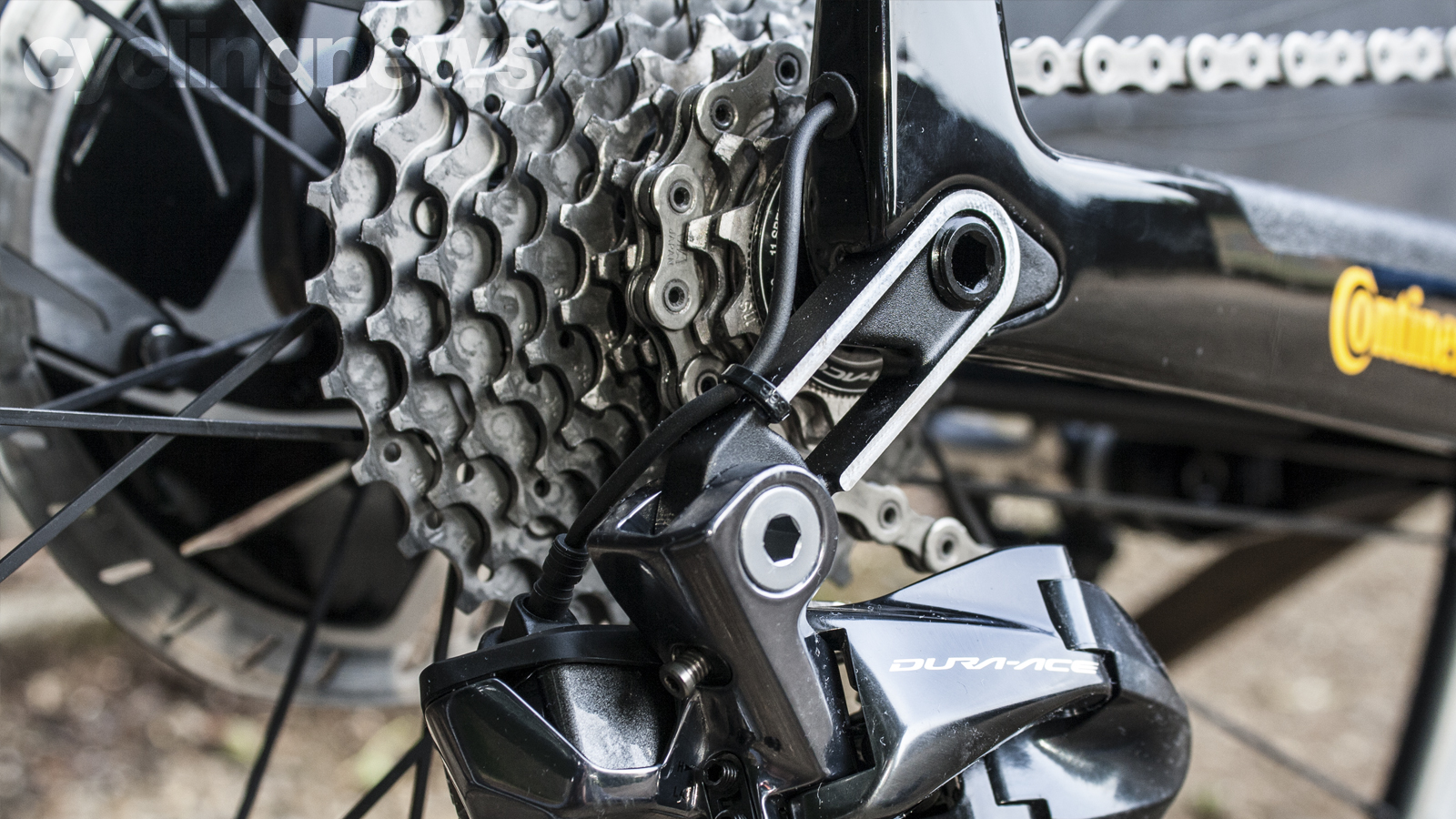
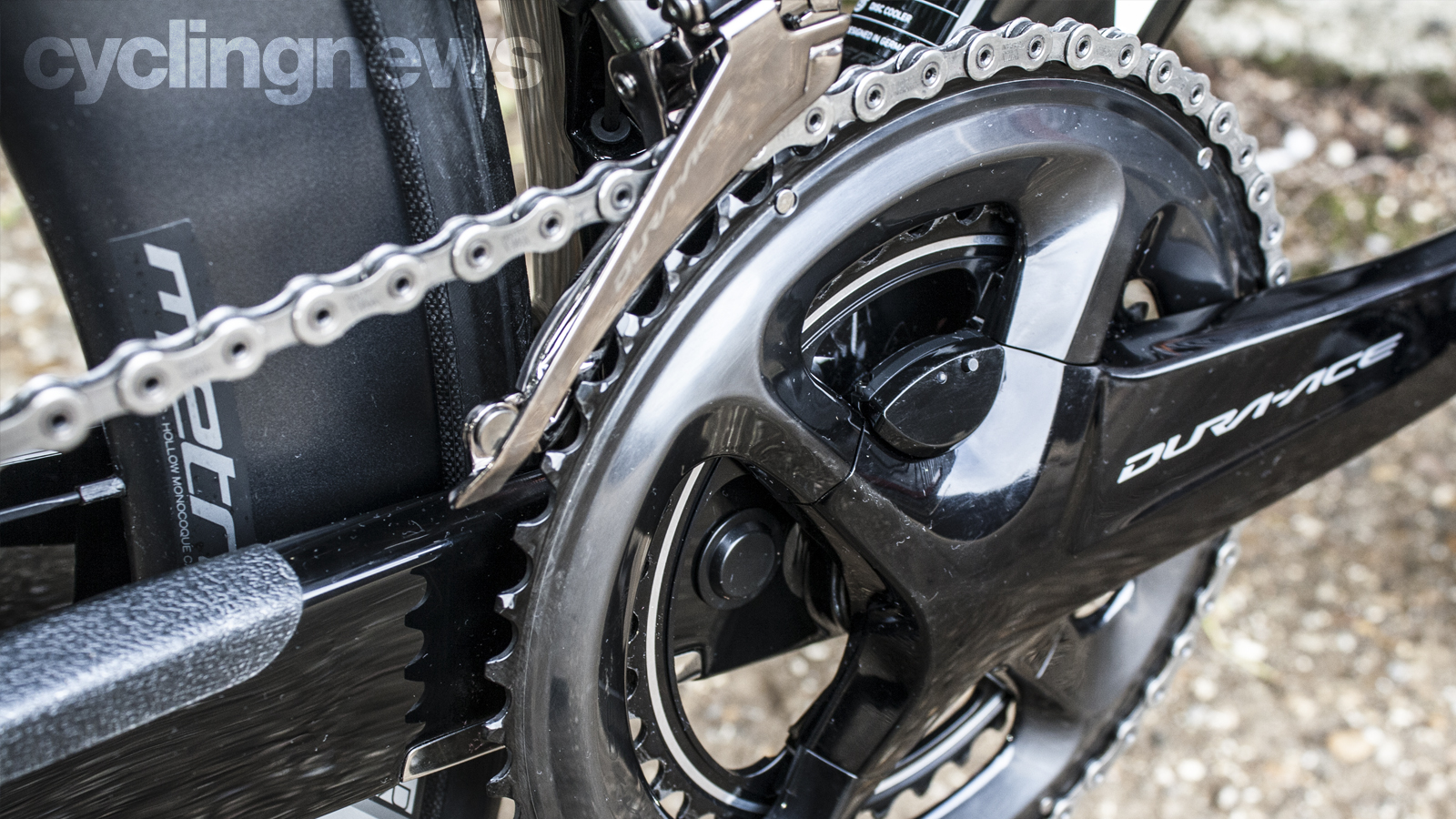
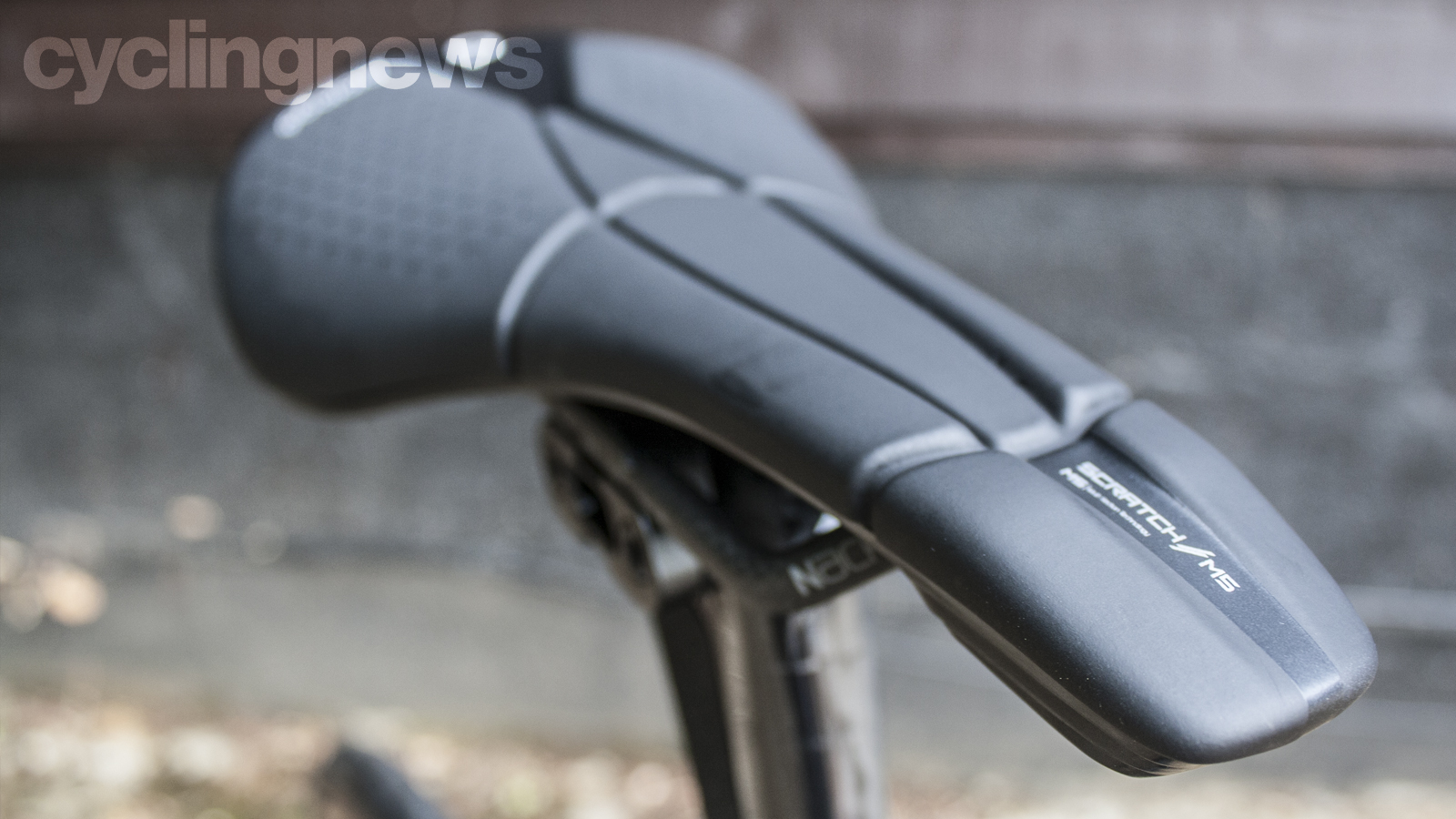




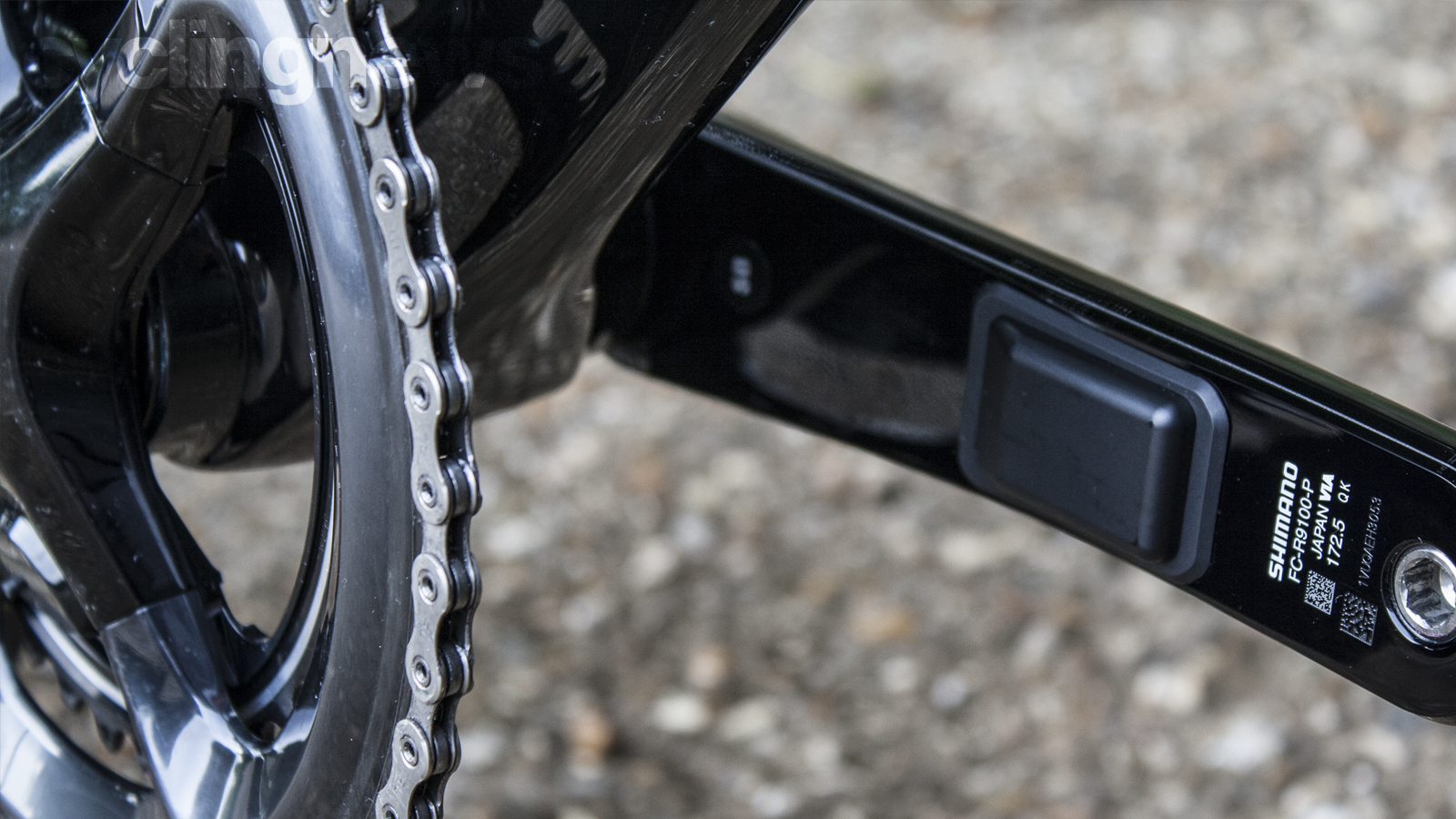
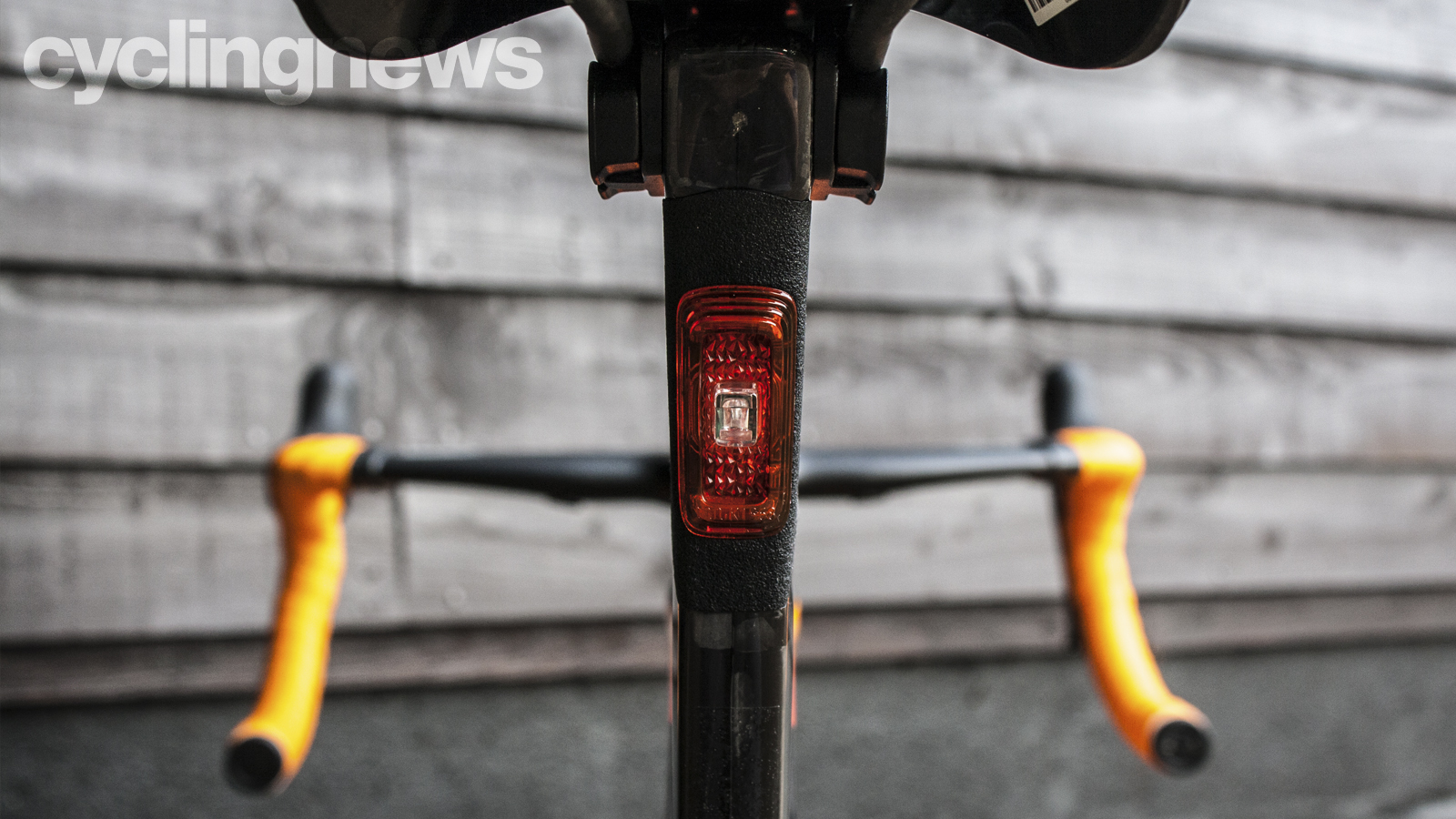
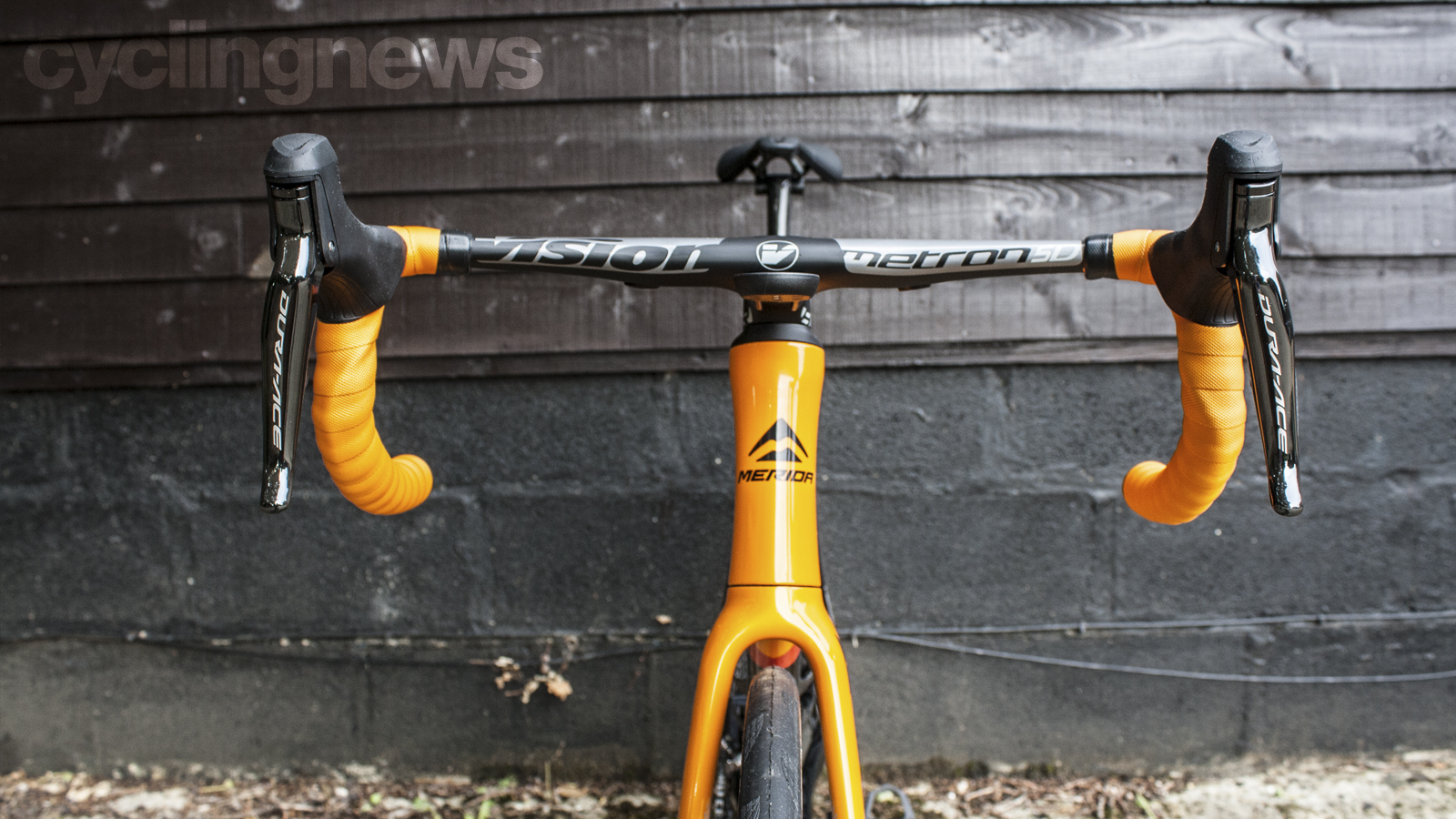
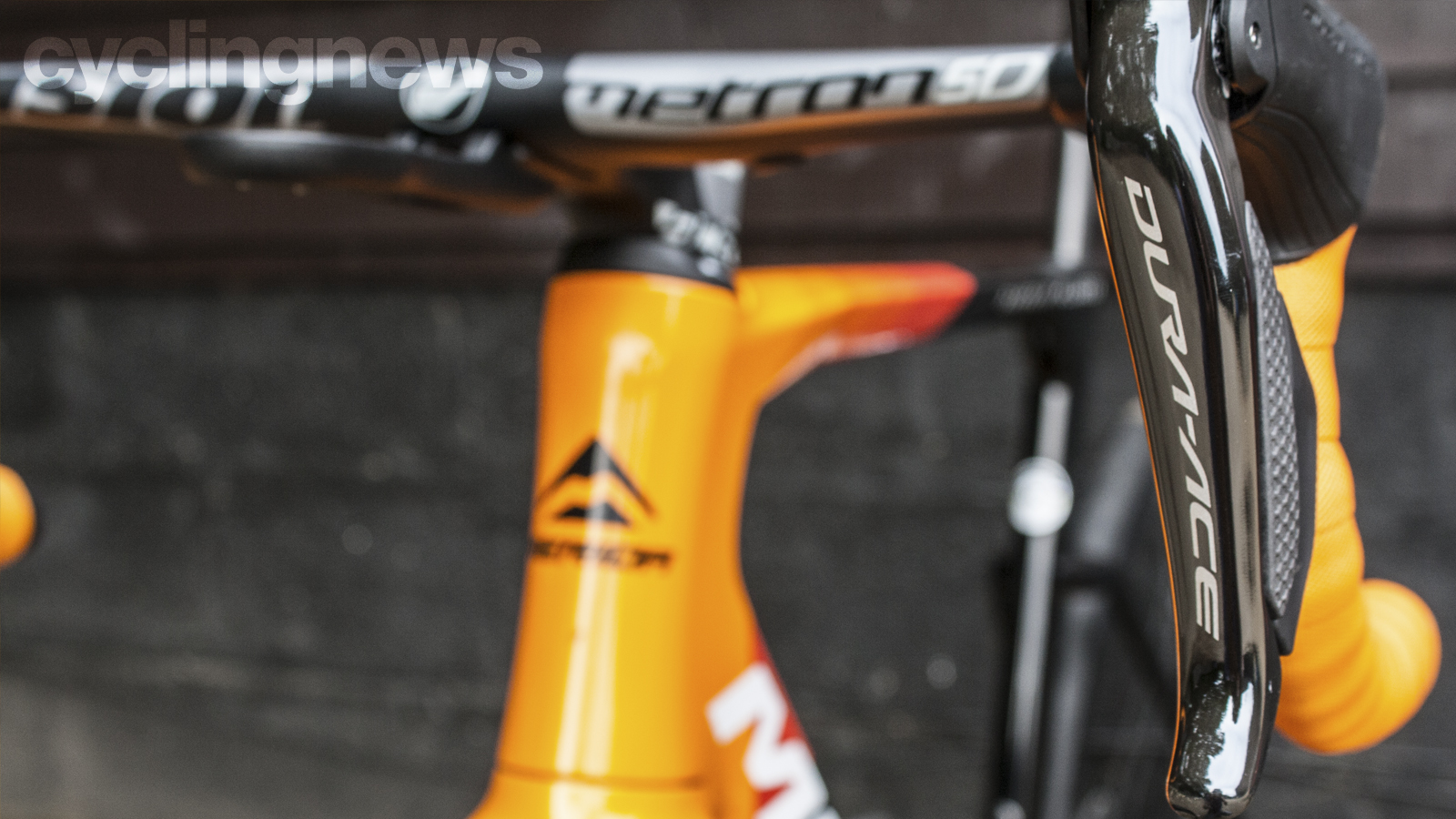



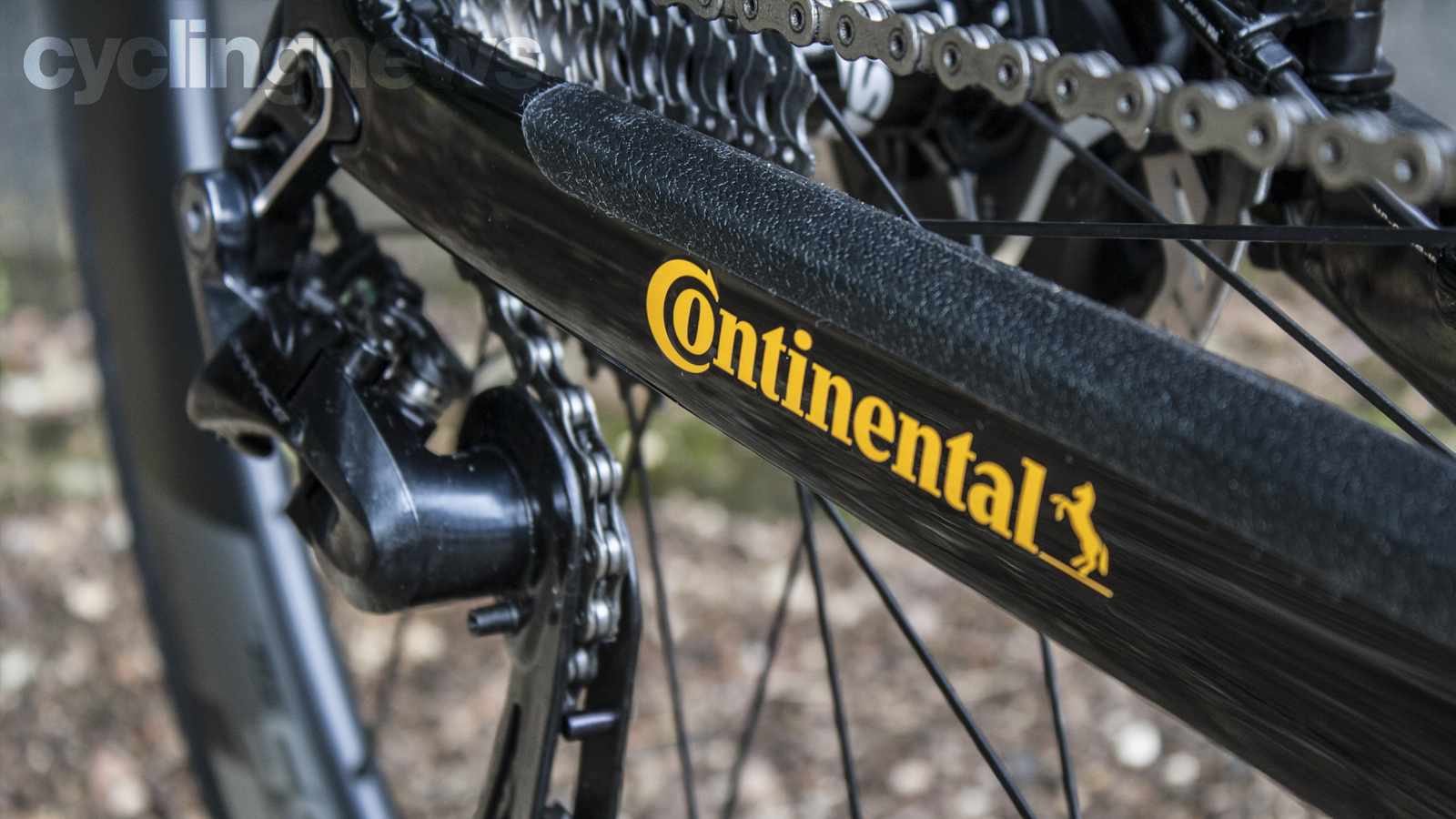
Ride and handling
Out of the box, the all-new Merida Reacto has an unrelenting propensity for attacking the horizon line. It's a veritable rocket ship. The stiff bottom bracket area, coupled with its lighter kerb weight means it's able to accelerate with little fuss and carry momentum with ease thanks to its slippery wind-tunnel-honed silhouette. The term 'free speed' is bandied about a lot these days, but it applies very much to what Merida has created here.
The Reacto punches holes through the air just as easily as it responds to pedal inputs, and this sensation never seems to abate really – even when the terrain starts to become lumpy. Over the past 1,200km, I've tried to purposely unsettle the new Reacto in an attempt to show up any glaring flaws, but there aren't any. Not only have I recorded faster segments on the flats and descents, but I've also gone quicker up many of the climbs that make up my training loops, including Box Hill – a climb that many will remember from the 2012 London Olympics road race course.
There's more to the Reacto, however than its air-bending speed. The design team spent just as much time crafting it for compliance as it did making it fast(er). Improvements in the lay-up of the carbon have not only reduced mass, but it's also made the bike more comfortable to ride and live with every day. The chunky dropped seat stays, together with the voluminous headtube and extra space around the fork and rear stays have all helped reduce road chatter and harsh vibrations (tyre clearance is rated at a maximum width of 30mm). The ride quality is better than many of its rivals, and this is something you can further improve by opting for tubeless tyres – something Merida is looking at rolling out in the professional ranks.
Falke told us last year that it's undoubtedly the way forward, but weight is still a big concern.
"There's no doubt that tubeless tyres are faster and provide better comfort. If you look at Paris-Roubaix, the benefits far outweigh what could go wrong, but it will come down to personal taste and what weighs the least – especially with the pro riders," he said.
I experimented using both the stock inner-tube-equipped Continental GP5000 25c tyres and tubeless Pirelli TLR Race 28c rubber. The Contis do a decent job and offer impressive all-round performance, but you can only go so low before pinch flatting becomes a reality. I went as 'soft' as 70psi before swapping them out for the Pirelli P Zero Race TLR tyres – a tweak that added just five grams per wheel. The difference was chalk and cheese, with the latter option removing most of the high-frequency bumps and road corrugations.
Of course, there's more to tubeless tyres than just the pliancy benefits. Set them up correctly in accordance with your weight, and the grip threshold will naturally increase, allowing you to tap into and experience the full breadth of the bike's talents. As a 61kg rider, I went as low as 45psi/50psi front/rear, which proved ideal for the choppy and often moist Surrey road surfaces and added more predictability to handling. Why Merida doesn't sell its bikes set up this way is somewhat perplexing, really, especially as a proponent of tubeless technology.
Verdict
The 2021 Merida Reacto Team-E Disc is a supremely fast, agile and smooth-riding aero road bike. By refining the frame design and carbon lay-up to bolster compliance, Merida has produced a game-changer here with no compromise when it comes to speed or performance. I love how it handles, its turn of speed on the flats and how unexpectedly resolute it is as a climber thanks to its impressively light 7.41kg weight.
While some may squawk at the £9,000 / €10,299 sticker price, it's far from the most expensive bike at this spec level and, before writing it off as a viable option, it's worth looking at what the bike offers in terms of specification compared to its rivals, as well as the attributes you can't see – like the ride quality and communicative, feedback-rich riding experience.
An utterly brilliant and faultless machine, the Merida Reacto is a genuine superbike that is as capable on any terrain as some of the segment's purported best options.
Logbook: 2021 Merida Reacto Team-E
- Temperature: 12-25 degrees
- Weather: Sunny
- Road surface: Dry, mixed surfaces
- Route: Tarmac, B roads, rolling topography
- Rides: 29
- Mileage: 1,231km
Tech spec: 2021 Merida Reacto Team-E
- RRP: £9,000 / €10,299
- Frame: Merida CF5 carbon
- Size: Medium, 54cm
- Weight: 7.41kg (medium, actual)
- Groupset: Shimano Dura-Ace R9170 Di2
- Crankset: Shimano Dura-Ace FC-R9100-P power meter chainset, 52/36T
- Wheels: Vision Metron 55 TL Disc
- Tyres: Continental GP5000 25c
- Brakes: Shimano Dura-Ace RT900 Centerlock 160mm rotors front/rear
- Bar/stem: Vision Metron 5D integrated
- Seatpost: Merida S-Flex
- Saddle: Prologo Scratch M5 carbon
Aaron was the Tech Editor at Cyclingnews between July 2019 and June 2022. He was born and raised in South Africa, where he completed his BA honours at the University of Cape Town before embarking on a career in journalism. Aaron has spent almost two decades writing about bikes, cars, and anything else with wheels. Prior to joining the Cyclingnews team, his experience spanned a stint as Gear & Digital editor of Bicycling magazine, as well as a time at TopCar as Associate Editor.
Now based in the UK's Surrey Hills, Aaron's life revolves around bikes. He's a competitive racer, Stravaholic, and Zwift enthusiast. He’s twice ridden the Cape Epic, completed the Haute Route Alps, and represented South Africa in the 2022, 2023, 2024 UCI eSports World Championships.
Height: 175cm
Weight: 61.5kg
